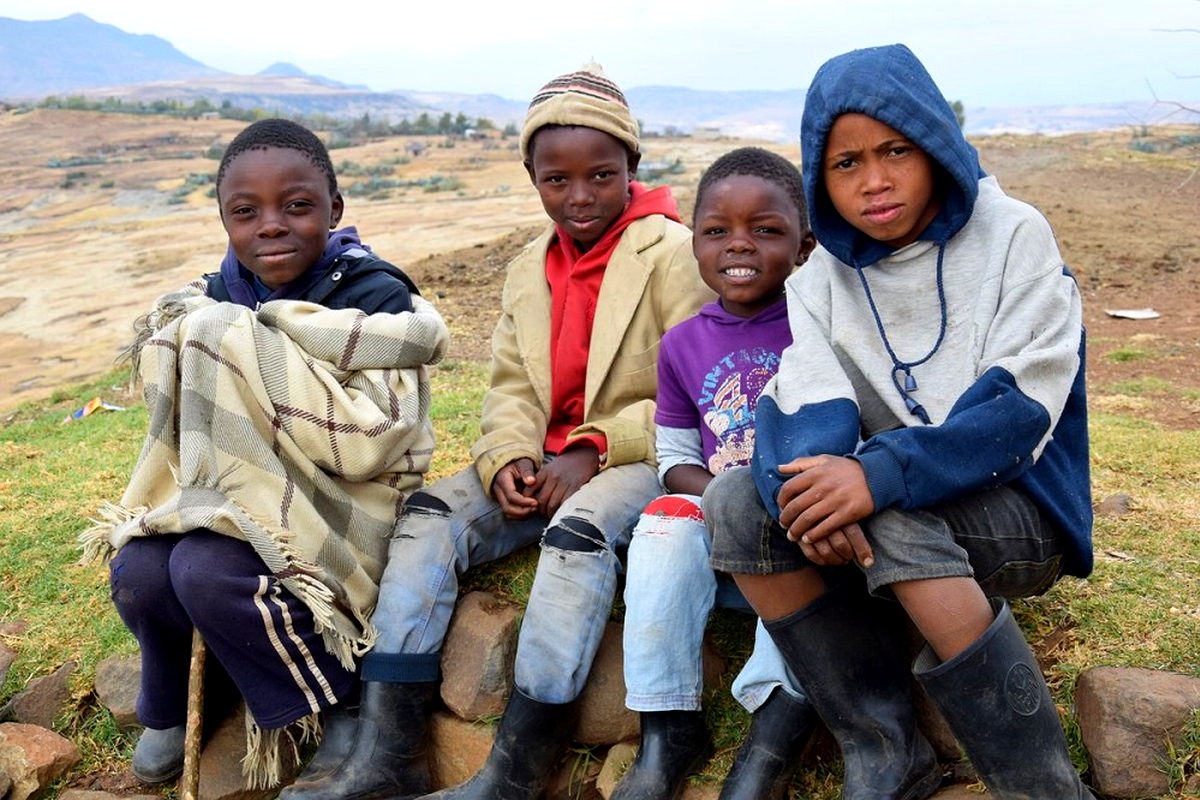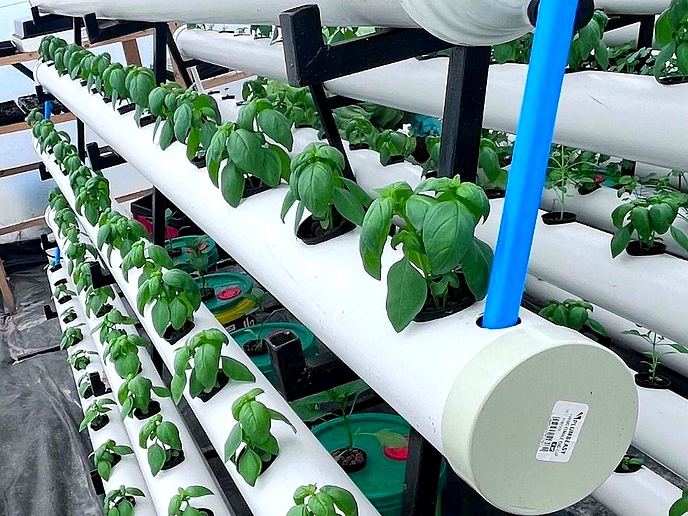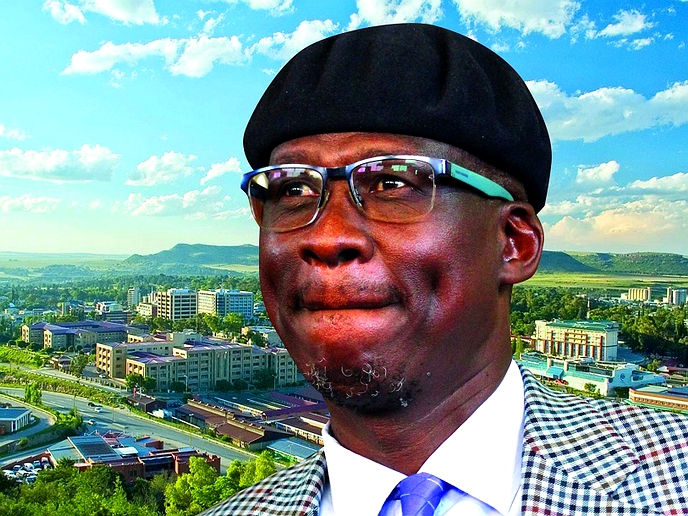AROUND 24.1 percent of the population in Lesotho lives in extreme poverty with half of the population living below the national poverty line.
business
July 8, 2021
NEO SENOKO
3 min read
Over million Basotho hungry – World Bank

This is according to the new Social Protection Programme and Systems Review, released by the World Bank Group.
Lesotho’s national poverty rate is measured at the national poverty line of LSL 648.88 per adult equivalent per month. In absolute terms, this translates to 994 000 people living below the poverty line and 484 000 living in extreme poverty.
Therefore, one million Basotho do not live at a basic level of consumption sufficient to easily weather shocks, and half a million live at an extreme level of vulnerability.
The World Bank further reveals that the country’s poverty levels are relatively high for a Southern Africa Customs Union (SACU) and lower middle income country, but low for Sub- Saharan Africa.
Using the cross-country comparable international poverty line of US$1.90 per day, 27.3 percent of Basotho were poor in 2017 compared with 14.2 percent for lower middle income countries in 2015.
Within Sub-Saharan Africa, however, 42.3 percent of the population was under the international poverty line while in the SACU region, Lesotho’s poverty rate is among the highest.
“Basotho suffer from both high inactivity and unemployment. Uncommonly is Sub- Saharan Africa, the labour force participation rate is very low in Lesotho,” the report shows.
Half of the working age population is not participating in the labour market, constituting a huge untapped potential for economic growth.
Despite a relatively low number of people actively looking for a job, approximately a quarter of the labour force is unemployed, with the youth being disproportionally affected by joblessness.
The Lesotho labour market is characterised by slow job growth according to the report and a prevalence of low productivity jobs.
Pre-COVID-19, during the last decade, job growth was on average only 1 percent per year, less than half of the annual growth rate of the working population.
Enjoy our daily newsletter from today
Access exclusive newsletters, along with previews of new media releases.
The country lags behind other countries in southern Africa in terms of structural transformation of the economy, with 67 percent of employment still concentrated in low productivity jobs in agriculture.
“Opportunities for wage employment are limited, and slow private sector development has resulted in the government being the formal sector’s largest employer. The majority of the workforce engages in self-employment in agriculture or domestic work,” the World Bank report further shows.
The lower the level of education, the lower the probability of being employed. Employment statistics have recently worsened due to the COVID-19 pandemic and economic impacts.
Food security is a serious problem, with the country ranked 78th among 199 qualifying countries on the Global Hunger Index (GHI).
Over one third of children under five years old display evidence of long-term malnutrition. The country’s stunting rates are among the highest in the SACU region.
Tailored for you






